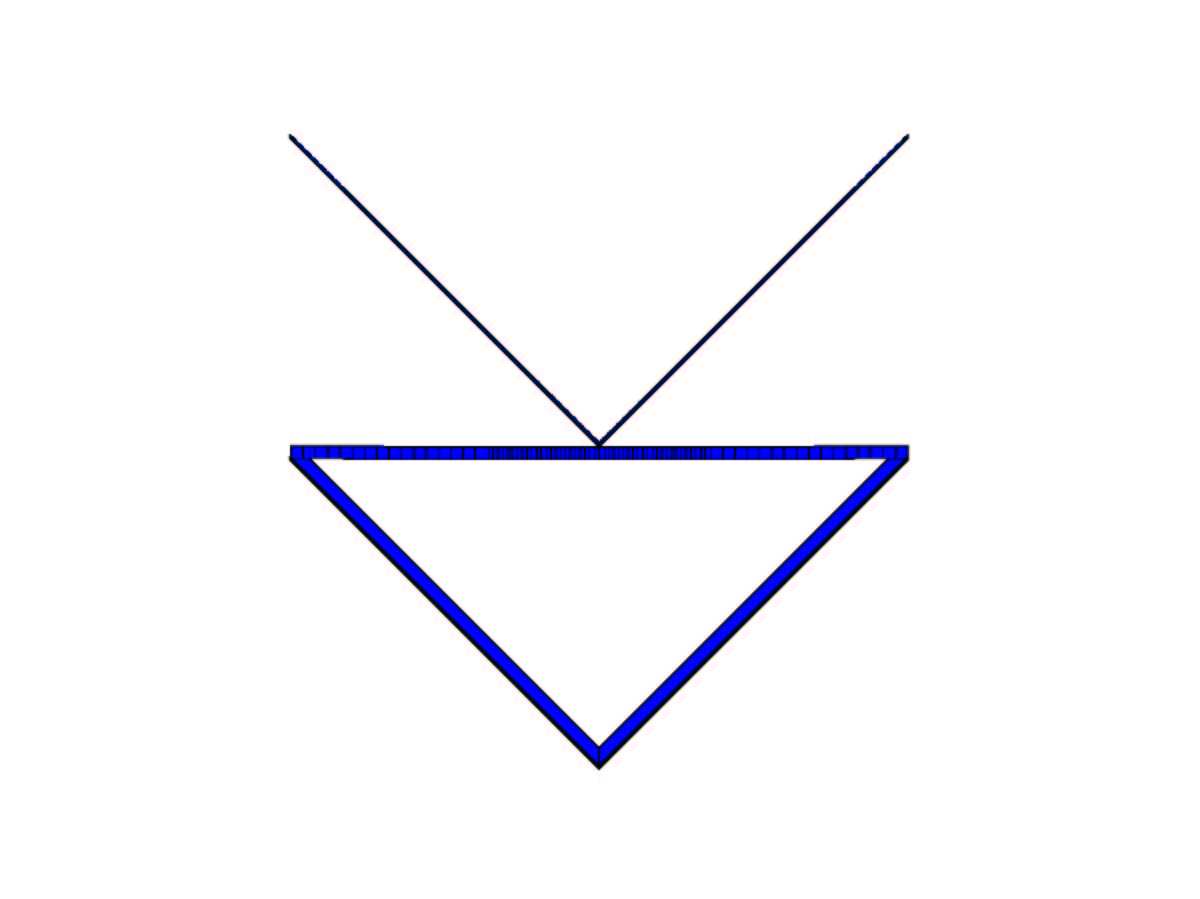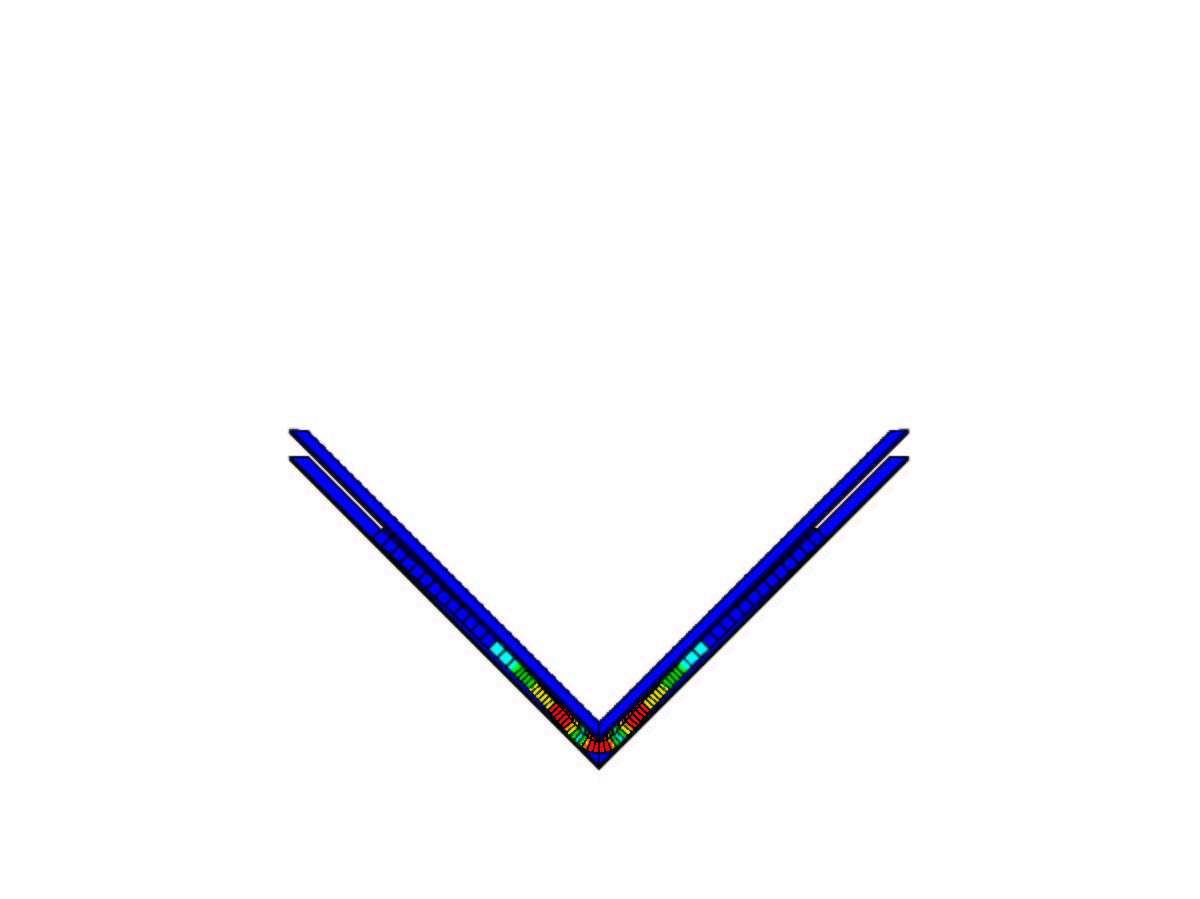Weiterentwicklung und Nutzung von Schalenelementen für Großdeformationsprobleme bei starken Zwängungen
- contact: Dipl.-Ing. Matthias Harnau
Prof. Dr.-Ing. Karl Schweizerhof - funding: Deutsche Forschungsgemeinschaft (DFG)
Description of the project
The aim of the project is to develop numerically stable finite so-called solid shell elements, for the analysis of deformation processes with strong constraints. Thereby various finite element formulations with linear and quadratic test functions are investigated. The solid shell elements are perfectly suited for the simulation of metal deformation processes, because due to their three-dimensional characters, they can also represent the state of stress in thickness direction and thickness changes of the sheet, in opposition to the standard shell elements. Moreover, smooth layered structures can be discretised, in such a way the solid shell elements are also applicable, for example, for the analysis of pasted composite sheets.
The implementation of efficient contact formulations is another goal, necessary for the description of rigid tools. For this, surface contact elements, suitable for the volume shell elements should be developed, with the help of which the contact against the rigid tool surfaces, described by means of analytical functions, is controlled. In addition, different approaches are tested. Penalty and augmented Lagrange methods are used. For the latter the condition of contact is fulfilled by means of the nodal segment algorithm or alternatively, by integration over the surface-to-surface contact segments.
The following illustration shows the simulation of the forging process of a steel sheet. The structure in the non-deformed and deformed configuration with its plasticized areas is represented. This example corresponds to the application of solid-shell shell elements for large deformation problems in case of strong constraints, such as contact from both sides.
 |
 |
